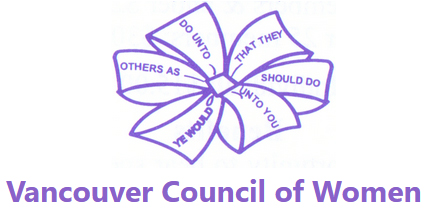By Kerry Gibson, Housing and Safety Convenor
Affordable housing opportunities across BC have accelerated. However, circumstances such as floods and fire continue to displace lower-income residents in Kamloops, Princeton, and the Downtown East Side.
In Vancouver, city officials are simultaneously increasing approvals while trialing controversial policies affecting specific demographics (such as 50+), and Victoria passed a “missing middle” vote that has satisfied neither the supply proponents nor the residential home owners.
Despite the increase in discussion and approvals, supply correction will not manifest in the time frame required, due to inflation and supply chain concerns. Economists have been eyeing softwood lumber prices and tariffs as an indicator forecasting a slump in builds.
An 8% increase in student housing costs has alarmed many post-secondary students already on tight budgets. The increase will affect food budgets, which have already been affected by inflation. The increases may cost many students out of continuing their education.
During a time when skilled labour is in short supply, and UBC is the primary supply for medically trained personnel, the province may look to significantly subsidizing students in identified industries where BC experiences shortfall, with contingencies to keep those skills local.
Tiny homes may offer a transitional opportunity for populations such as the currently unhoused, displaced populations, and returning veterans. Tiny home communities have sprung up all over the world, and are a cleaner, safer alternative to tent cities and SROs. These mini-residences offer the privacy, resources, security, warmth, pride of place, and dignity necessary for individuals and families to gain their footing. The model has also proven to be more cost-effective than supporting people residing on the street. Although some communities welcome the idea, others (such as Mission) have ousted the proposal which may be short-sighted without a contingency plan.

